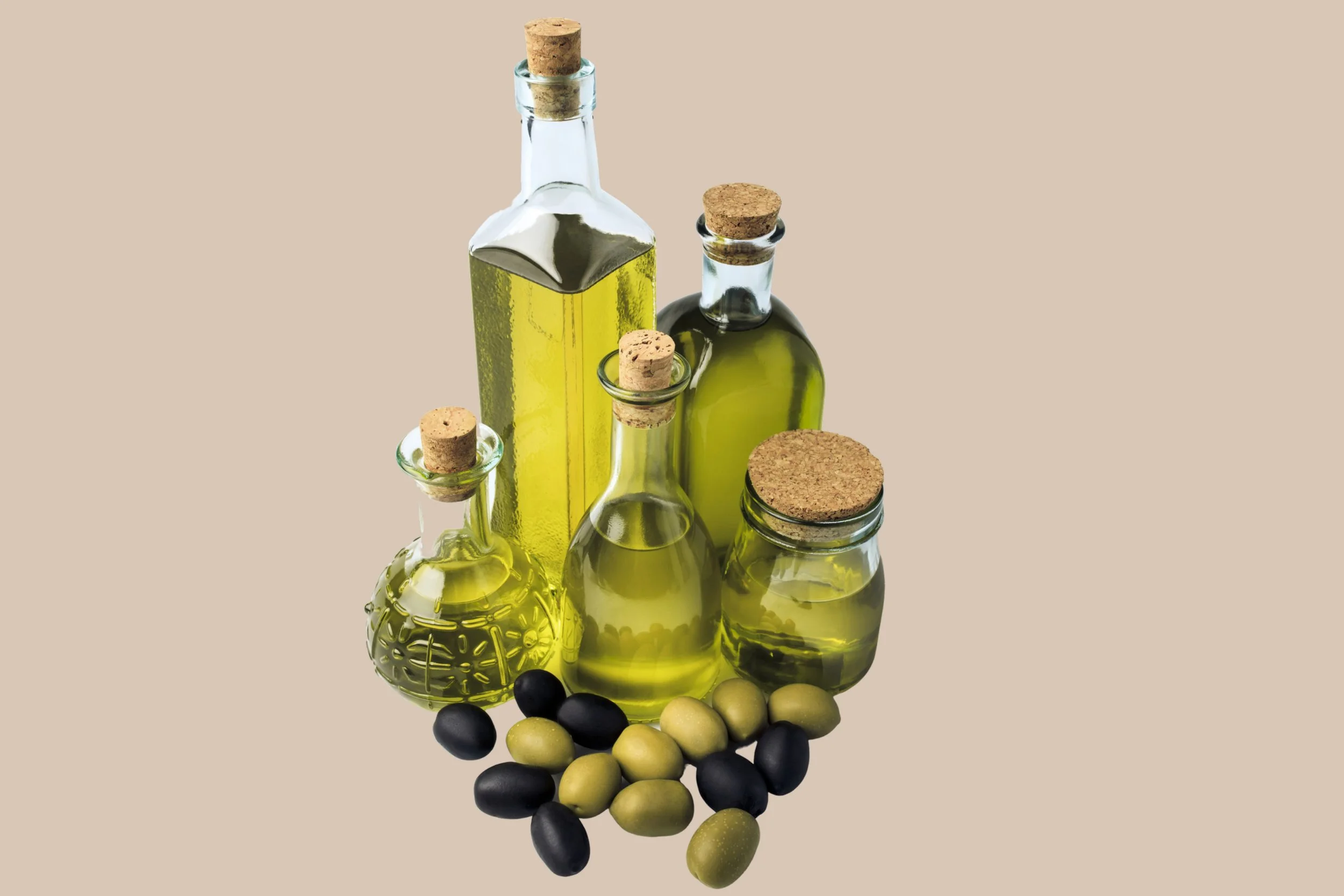
Glass
The right glass can be recycled endlessly
-
Glass ingredients
Silica (sand) is the main ingredient, Silica comes from the mineral Quartz (SIO2). Soda ash (sodium carbonate) is added to lower the melting point and Limestone (calcium carbonate) adds durability. There can be other additives for speciality glasses. Note that melting raw materials require extremely high temperatures and that Silica is depleted faster than it’s replenished.
-
Its top uses
Due to its hygienic and non toxic properties it is an excellent choice for food and liquid containers. Premium packaging for cosmetics, oils and creams. It is also used extensively in construction for windows and facades. We also make use of it with table and drinkware and decorative home goods such as vases.
-
Can it be recycled?
Yes … but with caveats. The majority of the glass we look to dispose of, glass used for packaging of consumable products, food and drinks can be recycled via our kerbside collections. You can’t however put drinking glasses or Pyrex in your recycle bin due to different melting temperatures.The glass that can be recycled, can be recycled indefinitely, which is great. It is a perfect circular example as it does not loose its quality.
Do check with your local Council for clarification on dealing with waste glass in your area, as not all offer a kerbside collection service.
-
How it fits our ethos
By using recycled glass 70% of the energy is required as opposed to raw materials. Each tonne of recycled glass saves 1.2 tonnes of raw materials and 315kg of CO2. Unlike plastics it does not leach chemicals into food/liquids or product, it’s durable and has aesthetic appeal.
We will use standard, fully recyclable soda-lime glass for our jars, bottles, and any items designed to re-enter the recycling stream. When we develop items like platters or serveware, they will be designed for a long life, not single use — and we’ll always be clear about whether they can be recycled or not.
-
Looking ahead
We’re also exploring new materials that share glass’s best traits — beauty, food safety, and circularity — without the fragility or the recycling gaps. Stainless steel, upcycled plastics, and bio-based composites are on our radar as we grow.
